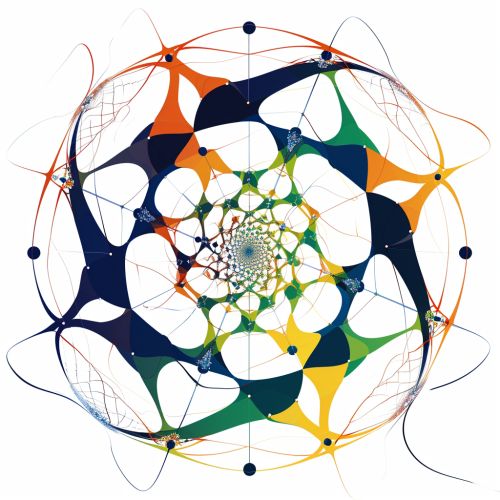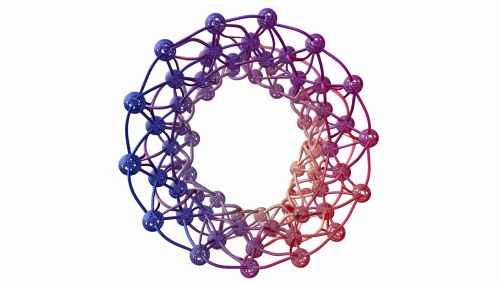Riemann Mapping Theorem
Introduction
The Riemann Mapping Theorem is a fundamental theorem in the field of complex analysis, a branch of mathematics that studies complex numbers and their functions. Named after the German mathematician Riemann, this theorem provides a profound understanding of the structure of simply connected open subsets of the complex plane.
Statement of the Theorem
The Riemann Mapping Theorem states that if U is a non-empty simply connected open subset of the complex plane C which is not all of C, then there exists a biholomorphic map (a one-to-one and onto holomorphic map whose inverse is also holomorphic) from U to the open unit disk D.


Proof of the Theorem
The proof of the Riemann Mapping Theorem is quite involved and requires a good understanding of several concepts in complex analysis, including power series, analytic functions, and conformal mappings. The proof is usually broken down into several steps, each of which involves a significant amount of mathematical reasoning and computation.
Applications and Implications
The Riemann Mapping Theorem has far-reaching implications in various fields of mathematics, including algebraic geometry, number theory, and mathematical physics. It is also a fundamental tool in the study of complex dynamical systems, where it is used to understand the behavior of certain types of maps.
